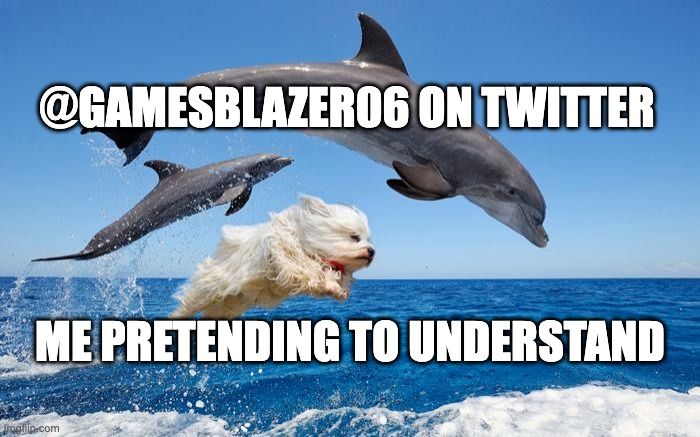Widening of FRA-OIS Spread

I, for one, really want to fully understand what @gamesblazer06 is tweeting about, and I doubt I'm the only one. I will break down one of PPT's recent tweets to understand his insight.
March 9… few days prior to FRA OIS confused with European Bank Stress on Unhinged $DXY liquidity panics coz of Russian Bank Reserve Freeze.. really bulk was WAM shortening… also 3M Eonia/FF bottomed at -48bps on March 4…really got the machine going again imho. $XLF #Reflation
— PlungeProtectionTeam (@gamesblazer06) April 19, 2022
FRA-OIS Spread is the difference between Forward Rate Agreement (FRA) and Overnight Index Swap (OIS). FRA is a contract between two parties agreeing on a fixed interest rate to be paid/received at a fixed date in future. In the tweet's context, FRA refers to 3-month LIBOR.
LIBOR is the interest rate at which banks "would" lend to each other without having to pledge any collateral. It's not determined by the market but rather through a survey. (Would someone lie in the survey to his advantage? Of course.. Google "LIBOR Scandal").
Overnight Index Swap (OIS) are contracts where an overnight interest rate is exchanged for a fixed interest rate. In this tweet's context, OIS refers to US Federal Funds Rates, which is the absolutely risk-free rate we can have.
As LIBOR reflects bank credit risk, while OIS is considered risk-free, the spread is seen as a measure of how expensive or cheap it will be for banks to borrow in the future relative to a risk free-rate, which widens during times of funding stress in the financial system.
The spread had begun to widen in early March and many attributed it to brewing funding stress in Europe due to the sanctions made against Russian Central Bank and Russian institutions. But PPT has another explanation.
Money market funds became more defensive by shortening their weighted average maturities (WAM), meaning these funds had been buying bonds with shorter maturities, 1-month bonds instead of 3-months. This would then increase the cost of borrowing for 3 months.
A similar widening of OIS-FRA Spread happened in March 2018 when Money Market Funds shortened their WAM. This leads one to conclude the hoo-ha about a potential banking crisis was a little overdone.
Hope this helped!